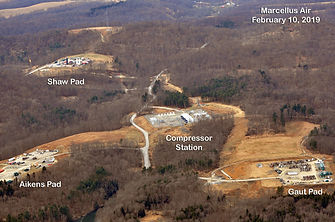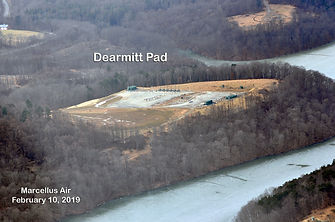
Beaver Run

Protecting Our Precious Resources:
For over a decade, fracking has been active around the Beaver Run Reservoir by CNX. Fracking companies use an enormous amount of water to frack a single well and this water is so contaminated it can no longer be used for human consumption.
Photo provided by Bob Donnan
About Beaver Run
Located in Westmoreland County, Beaver Run is a public water source for 150,000 people in the 39 surrounding townships.
More than 50 wells are located near the reservoir. Many of the well pads are less than 1,000 feet from the water's edge, yet a large portion of the scientific community agrees that half-a-mile is the bare minimum when working near drinking supplies.
In early 2019, drilling complications at one of CNX's deep gas wells resulted in pressure spiking at nearby shallow wells. Nine shallow wells were continuously flared for days to receive pressure. Authorities claimed there were no impacts on the environment or nearby community, but air monitoring showed elevated levels of Carbon Monoxide, Carbon Dioxide, and Sulfur Dioxide.

Infrastructure Near the Beaver Run Reservoir


Water & Air Quality

There are more than 50 wells near the reservoir with many less than 1,000 feet from the water's edge.

